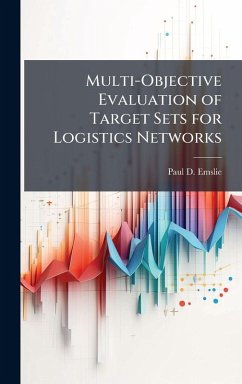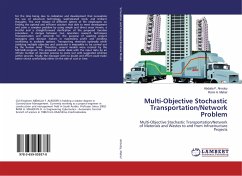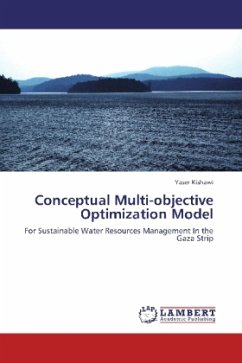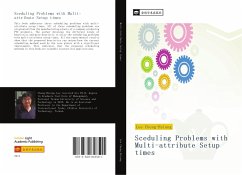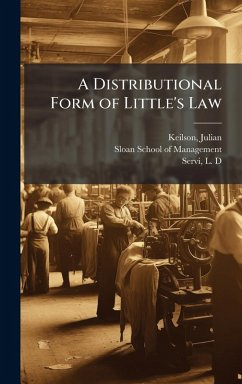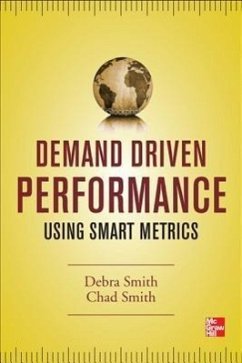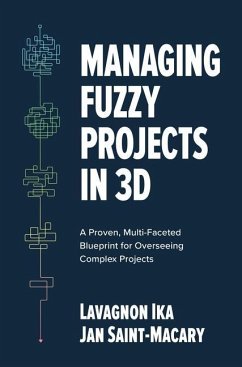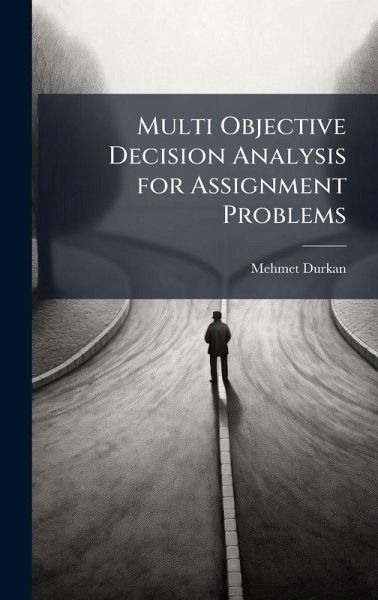
Multi Objective Decision Analysis for Assignment Problems
Versandkostenfrei!
Versandfertig in über 4 Wochen
29,99 €
inkl. MwSt.
Weitere Ausgaben:

PAYBACK Punkte
15 °P sammeln!
One of the most common problems in Operations Research is the assignment problem. It deals with the optimization of a decision makers' goal by matching objects in one group (jobs) with objects in another (machines). Flight scheduling in fighter squadrons is a hard and complicated problem which comes with a dynamic environment and multiple decision makers and goals. Using pilots as machines and missions to be flown as jobs, the fighter squadron flight scheduling problem can be solved like an assignment problem with multiple goals. This research develops a new way to solve the multi-objective as...
One of the most common problems in Operations Research is the assignment problem. It deals with the optimization of a decision makers' goal by matching objects in one group (jobs) with objects in another (machines). Flight scheduling in fighter squadrons is a hard and complicated problem which comes with a dynamic environment and multiple decision makers and goals. Using pilots as machines and missions to be flown as jobs, the fighter squadron flight scheduling problem can be solved like an assignment problem with multiple goals. This research develops a new way to solve the multi-objective assignment problem and demonstrates this new approach using the fighter squadron flight scheduling problem as an example. In this research, the Value Focused Thinking method is applied to build a decision analysis model to help decision makers in fighter squadrons evaluate the mission-pilot matches. The decision model built with the help of experienced schedulers is used not only for evaluating matches but also for ordering assignments to see priorities. This work has been selected by scholars as being culturally important, and is part of the knowledge base of civilization as we know it. This work was reproduced from the original artifact, and remains as true to the original work as possible. Therefore, you will see the original copyright references, library stamps (as most of these works have been housed in our most important libraries around the world), and other notations in the work. This work is in the public domain in the United States of America, and possibly other nations. Within the United States, you may freely copy and distribute this work, as no entity (individual or corporate) has a copyright on the body of the work. As a reproduction of a historical artifact, this work may contain missing or blurred pages, poor pictures, errant marks, etc. Scholars believe, and we concur, that this work is important enough to be preserved, reproduced, and made generally available to the public. We appreciate your support of the preservation process, and thank you for being an important part of keeping this knowledge alive and relevant.



